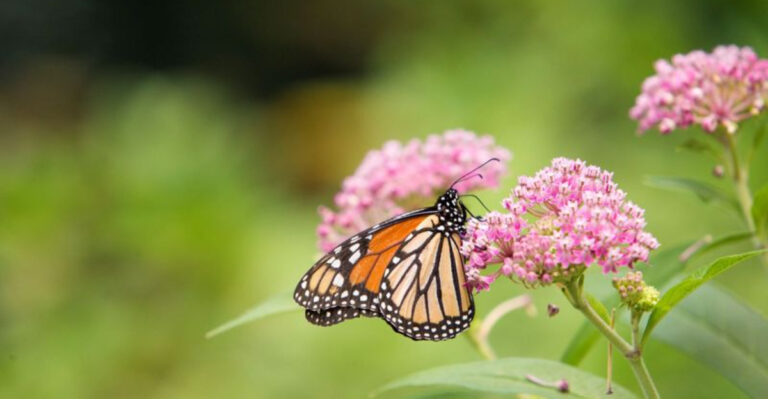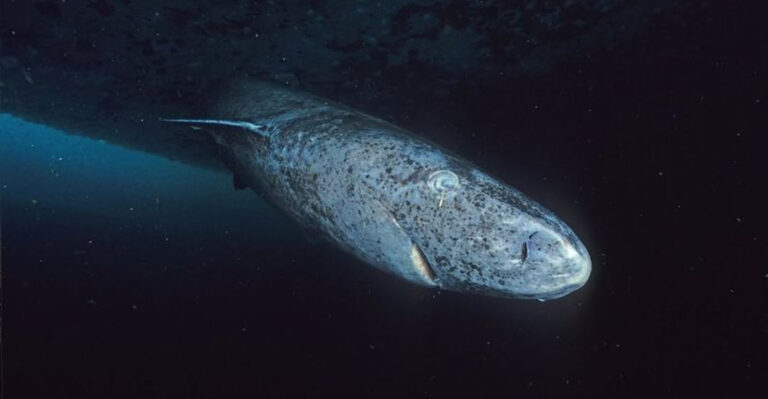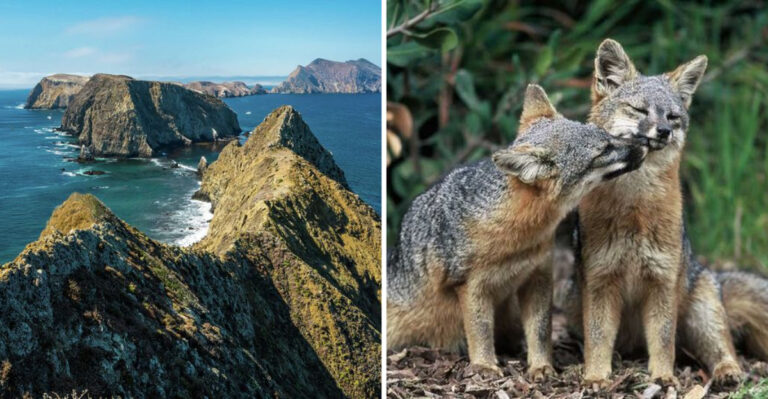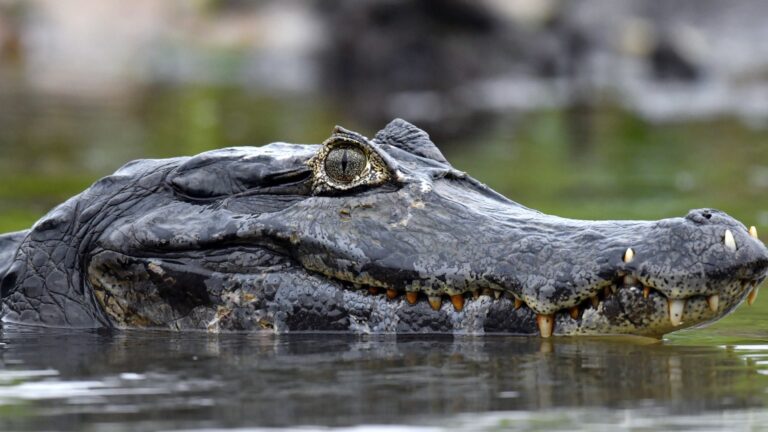13 Critically Endangered Animals And Their Last Known Habitats
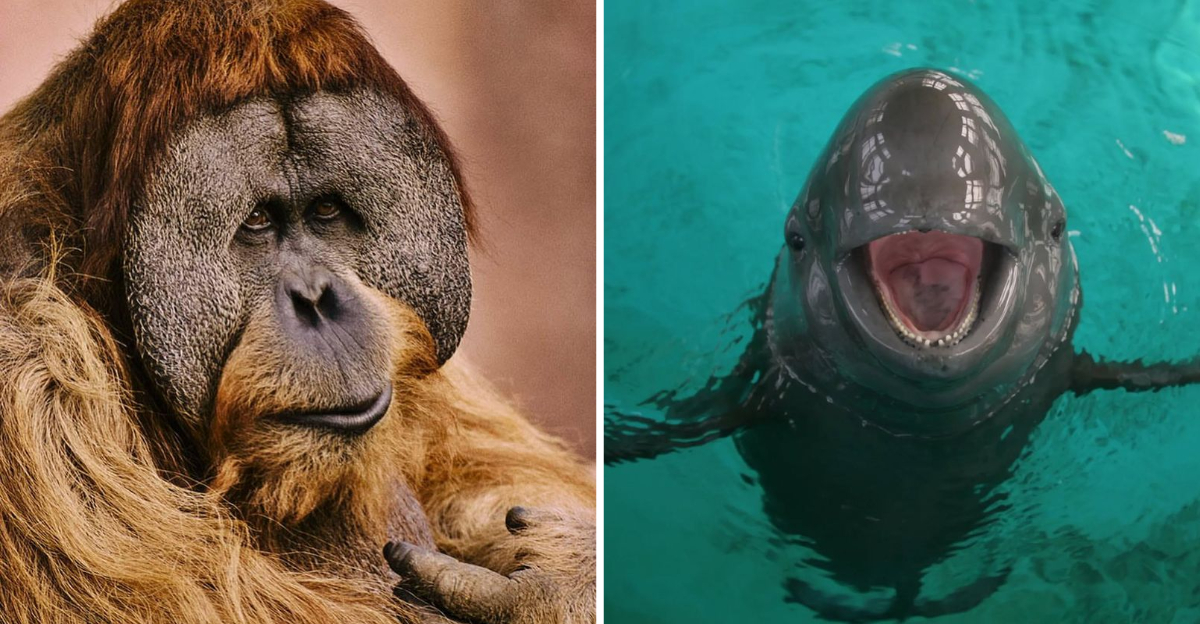
The earth is home to an astonishing diversity of life, yet many species are teetering on the brink of extinction.
This list introduces you to critically endangered animals, each struggling to survive in their last known habitats. Through informative descriptions, we aim to raise awareness about these animals and the urgent need for conservation efforts.
1. Vaquita
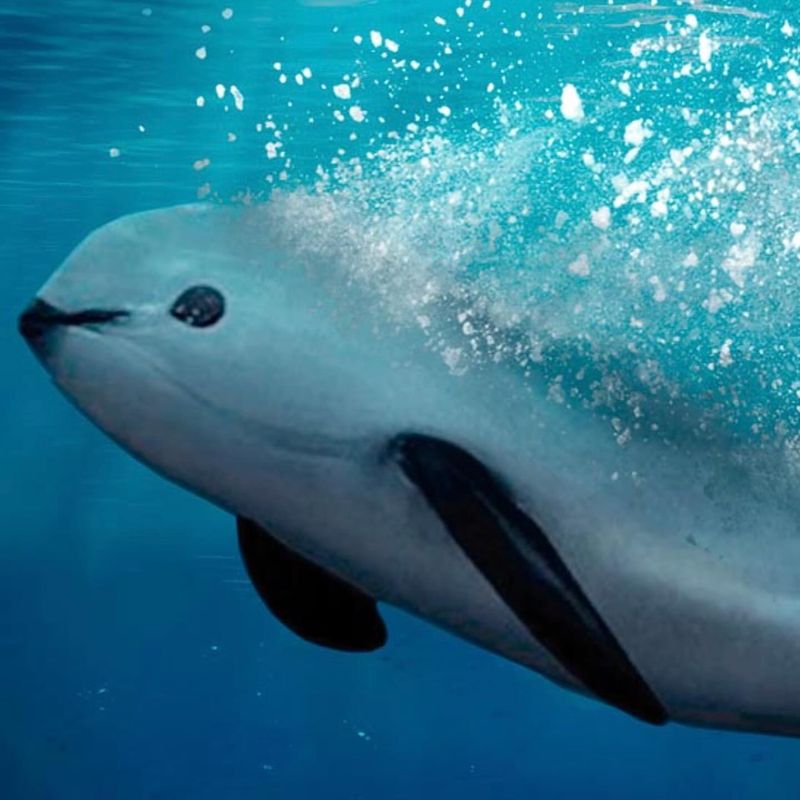
The plight of the vaquita, a diminutive porpoise, is dire. Found only in the northern part of the Gulf of California, its population has plummeted due to illegal fishing practices, specifically the use of gillnets to catch totoaba fish.
These nets trap and drown vaquitas, pushing them to the brink of extinction. Conservationists are racing against time to implement protective measures, such as banning gillnets and promoting alternative fishing methods.
Efforts are also underway to patrol the waters to deter illegal activities. Despite these actions, the vaquita’s future remains uncertain. This critically endangered species serves as a poignant reminder of the impact human activities can have on marine life.
Supporting organizations dedicated to vaquita conservation or advocating for stricter regulations can contribute to their survival. Immediate action is essential to prevent the extinction of the world’s smallest porpoise.
2. Javan Rhino
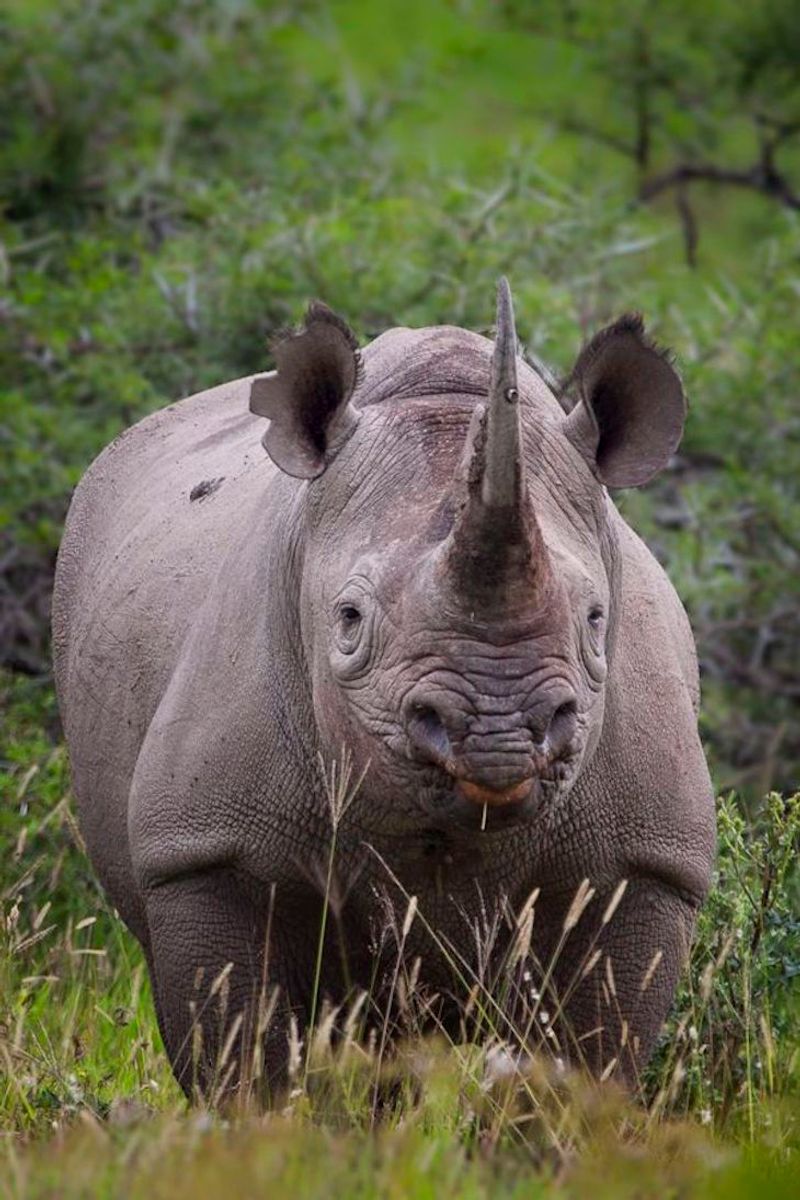
In the secluded Ujung Kulon National Park of Indonesia, the Javan Rhino fights for survival. This rare creature, with its dusky grey skin and single horn, is one of the most endangered large mammals in the world. Habitat loss and poaching for their horns have drastically reduced their numbers.
The national park offers a sanctuary where these rhinos roam free, but challenges persist. Invasive plant species and potential disease outbreaks pose additional threats to their dwindling population. Efforts to expand the rhino’s habitat and stringent anti-poaching measures are crucial.
Protecting these majestic animals involves not only safeguarding their environment but also fostering local community support. The survival of the Javan Rhino hinges on sustained conservation efforts and global awareness.
3. Sumatran Orangutan
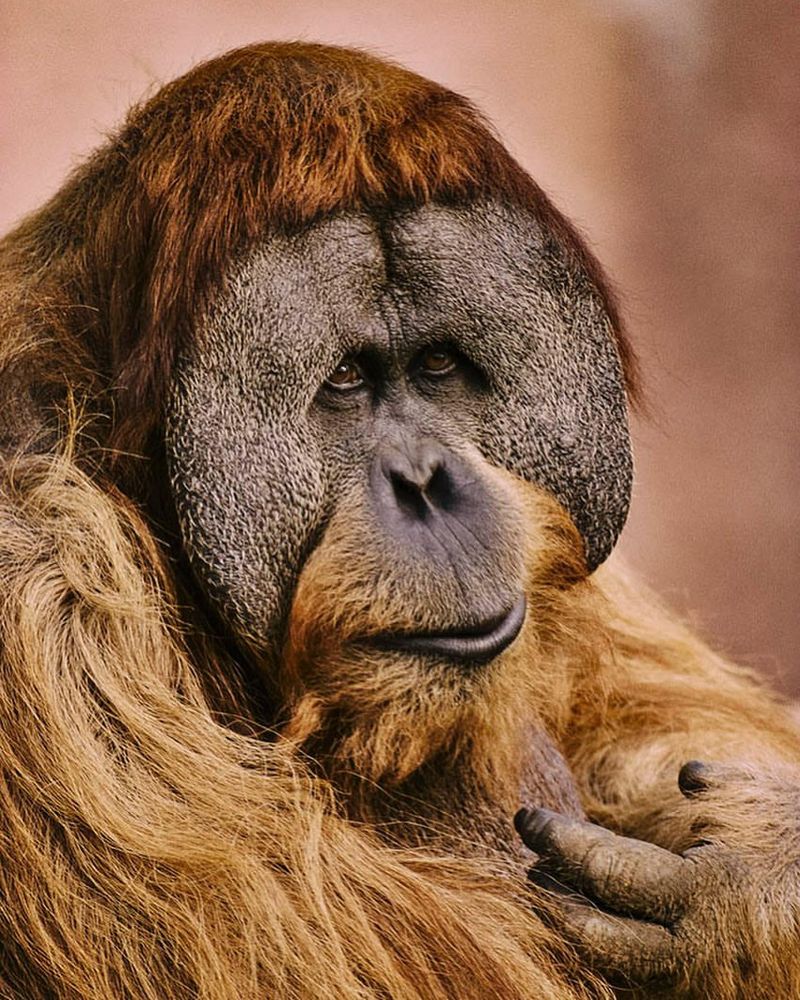
High in the treetops of Sumatra’s lush rainforests, the Sumatran Orangutan makes its home. Known for their striking red fur and intelligent eyes, these primates face the threat of extinction from deforestation and illegal pet trade.
Efforts to protect these orangutans focus on preserving their natural habitat. Initiatives like reforestation and the establishment of protected areas aim to curb habitat destruction. Community engagement and education about the importance of orangutans also play a vital role.
The journey to save the Sumatran Orangutan involves collaboration on a global scale. Supporting eco-friendly products and organizations dedicated to conservation can make a significant difference. As stewards of the planet, our actions today determine the future of these incredible apes.
4. Hawksbill Turtle
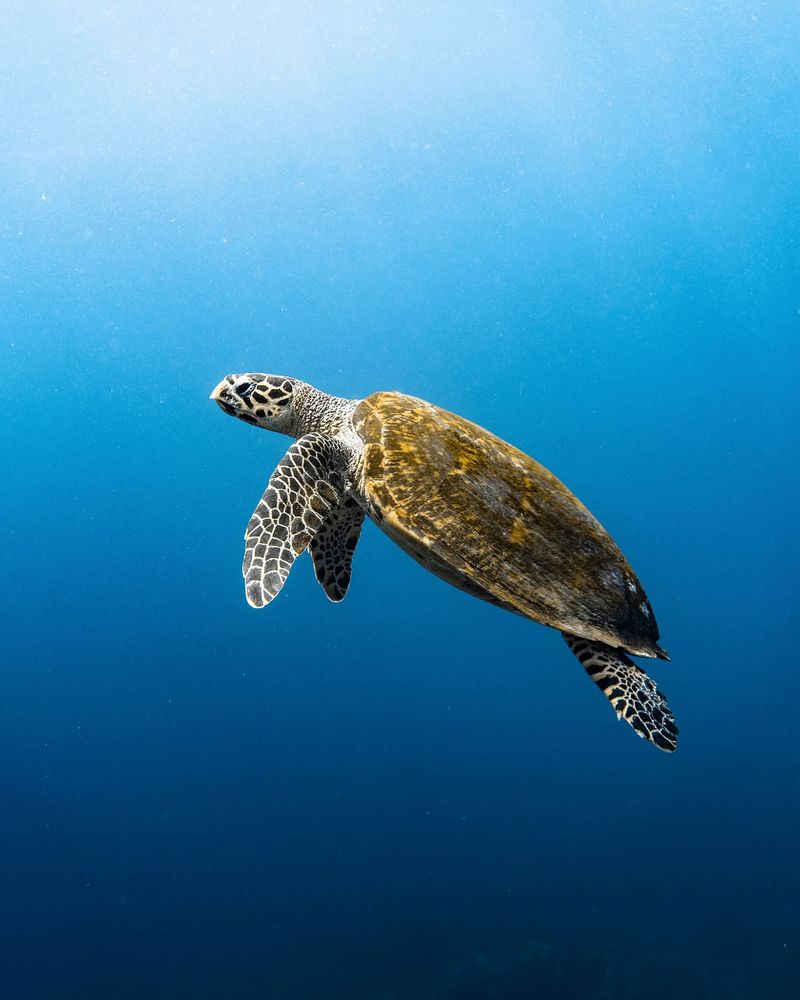
The Hawksbill Turtle, with its beautifully patterned shell, is a critical component of marine ecosystems. Found in tropical coral reefs around the world, these turtles help maintain the health of coral reefs by controlling sponge populations.
Unfortunately, they are critically endangered due to illegal trade, habitat loss, and climate change. The demand for their shells, used in jewelry and ornaments, has led to significant population declines. Conservation efforts focus on protecting nesting sites and stricter enforcement of trade bans.
Marine protected areas and community involvement are key to the survival of the Hawksbill Turtle. By supporting marine conservation initiatives and reducing plastic pollution, individuals can aid in safeguarding these vital marine creatures.
Their future depends on a collective commitment to preserving ocean biodiversity.
5. Mountain Gorilla
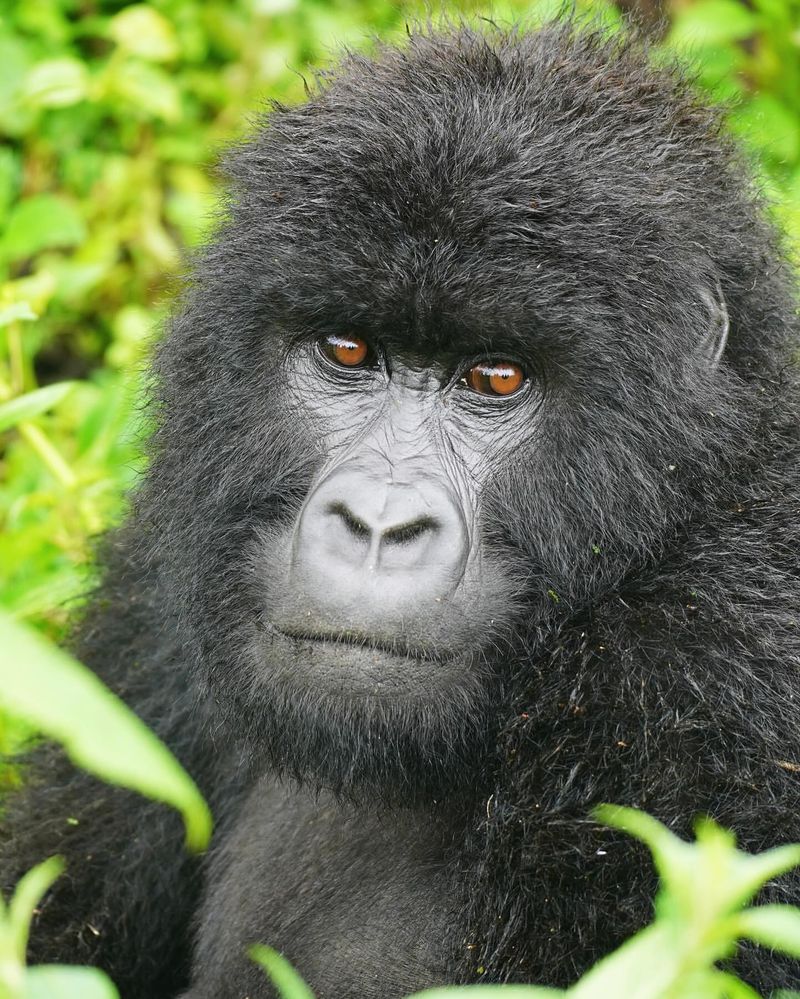
Nestled in the misty mountains of Central Africa, the Mountain Gorilla captivates with its majestic presence. These gentle giants primarily inhabit the Virunga Mountains, where they live in complex social groups.
Despite their strength, mountain gorillas are vulnerable to habitat destruction, poaching, and disease. Conservation efforts focus on habitat preservation and anti-poaching initiatives. The dedicated work of rangers and researchers plays a crucial role in their protection.
Tourism, when managed responsibly, has become a significant avenue for conservation funding. Visitors contribute financially to conservation efforts, ensuring the continued existence of these extraordinary creatures.
Protecting mountain gorillas requires a balance between human interests and wildlife preservation.
6. Amur Leopard
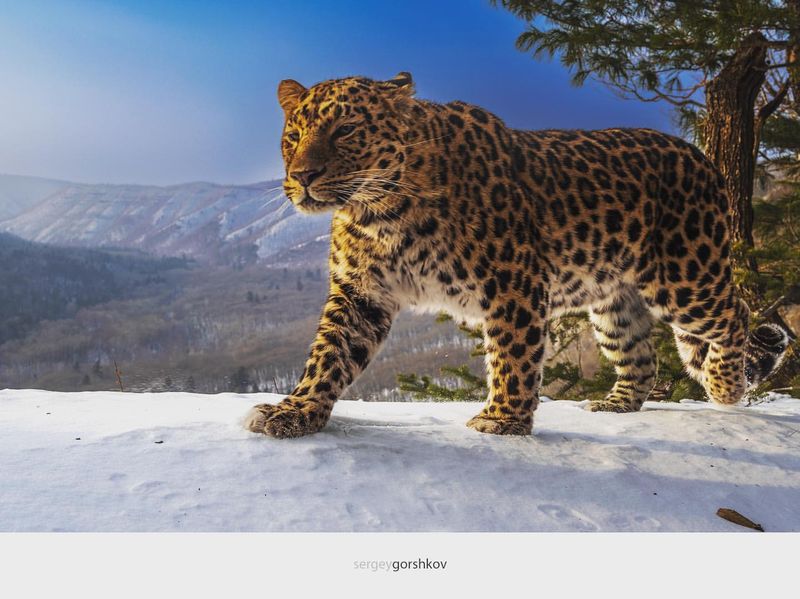
In the remote regions of the Russian Far East, the elusive Amur Leopard prowls. With fewer than 100 individuals left in the wild, this big cat is one of the rarest in the world. Its beautiful, thick coat, designed for cold climates, makes it a target for poachers.
Conservationists have established protected areas and increased patrolling to combat poaching and habitat loss. Additionally, efforts to reconnect fragmented habitats are underway to facilitate genetic diversity and population growth.
The survival of the Amur Leopard relies heavily on international cooperation and awareness. Supporting anti-poaching initiatives and habitat restoration projects can aid in their recovery. The future of these magnificent creatures hangs in the balance, demanding swift and coordinated action.
7. Saola
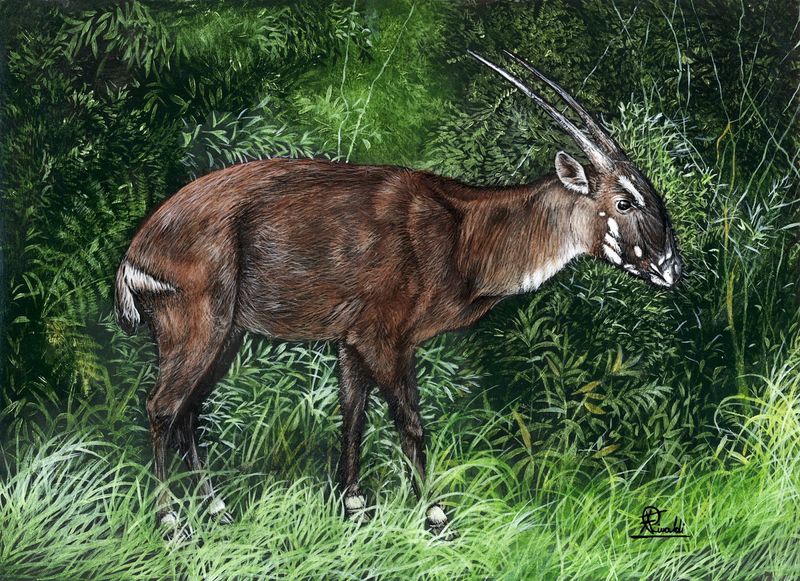
Often referred to as the Asian unicorn, the Saola is a mysterious and rarely seen animal inhabiting the Annamite Range of Vietnam and Laos. First discovered in 1992, this enigmatic creature has captivated scientists and conservationists alike.
Threatened by habitat loss and hunting, Saola numbers have dwindled. Efforts to study and protect their habitat are critical to their survival. Community-based conservation initiatives aim to involve local populations in preserving these unique animals.
The Saola’s plight highlights the importance of preserving biodiversity and the need for continued exploration and research. Supporting conservation programs and spreading awareness can help secure a future for the Saola.
The challenge lies in unraveling the mysteries of this elusive creature before time runs out.
8. Yangtze Finless Porpoise
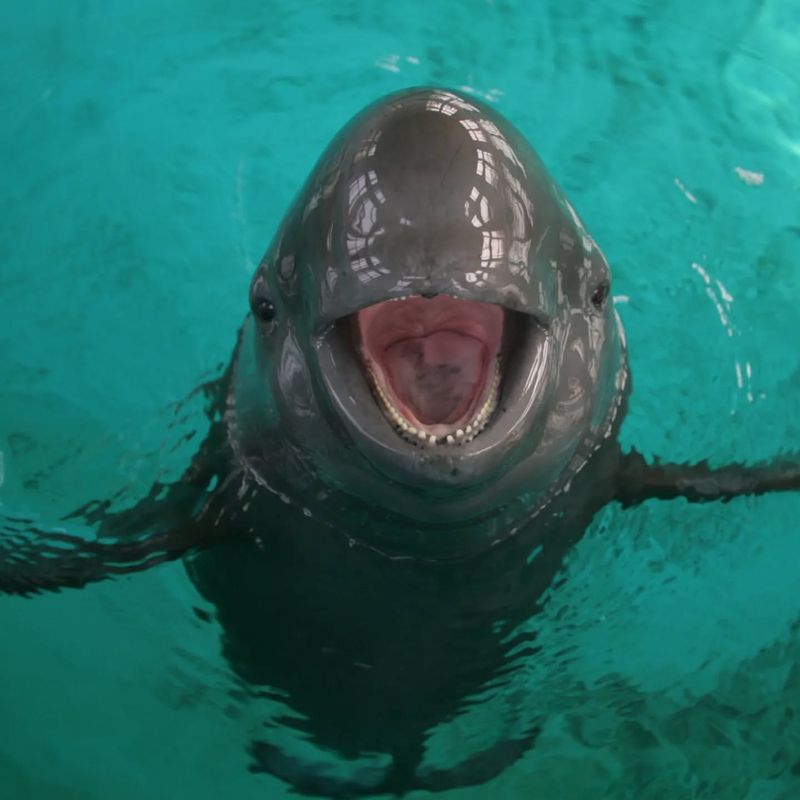
Amidst the bustling waters of the Yangtze River, the Yangtze Finless Porpoise faces an uncertain future. Known for its playful nature and intelligent demeanor, this porpoise is critically endangered due to habitat degradation and pollution.
Efforts to restore and protect the Yangtze River ecosystem are underway, with initiatives focusing on reducing pollution and regulating shipping traffic. Conservationists are also engaged in breeding programs to increase their numbers.
The survival of the Yangtze Finless Porpoise depends on a harmonious balance between development and environmental preservation. Raising awareness and supporting sustainable practices can contribute to their protection.
9. Kakapo
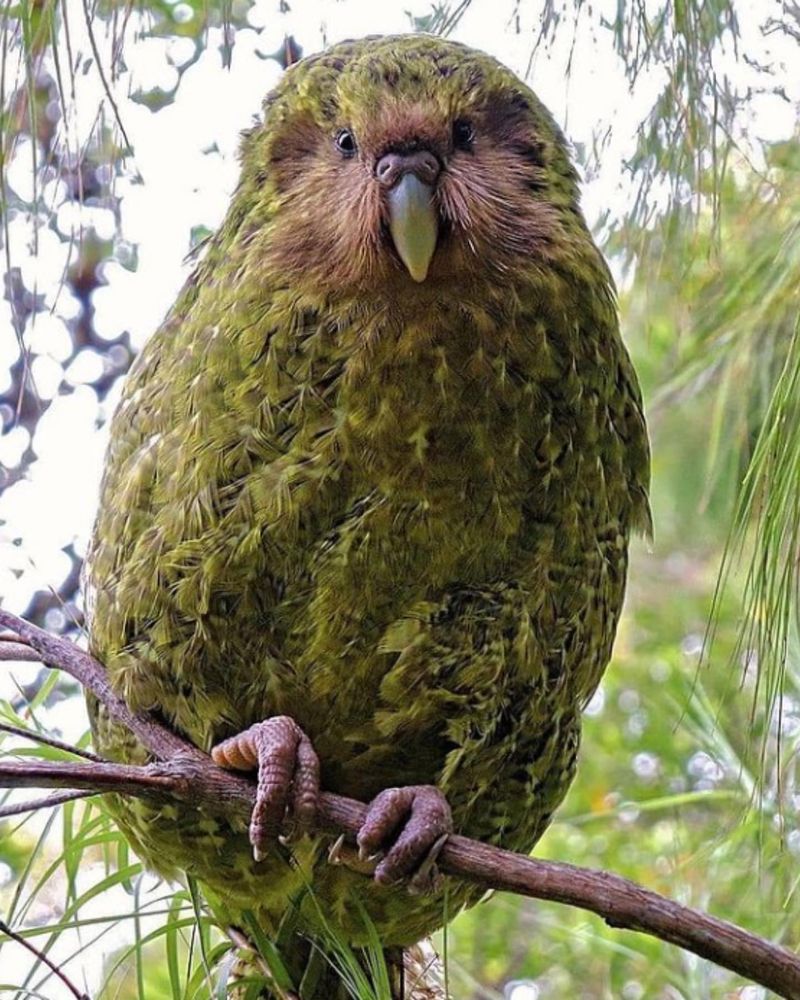
Unique and endearing, the Kakapo is a flightless parrot native to New Zealand. Once abundant, this nocturnal bird now teeters on the edge of extinction due to introduced predators and habitat loss. Conservationists have made significant strides in protecting the Kakapo.
Intensive management programs, including predator control and habitat restoration, have been implemented to safeguard their population. Breeding programs have also been successful in increasing their numbers. Public engagement and support are vital for the Kakapo’s survival.
By fostering a connection with these fascinating birds, individuals can contribute to their conservation. The Kakapo’s story is a testament to the resilience of nature and the impact of dedicated conservation efforts.
10. Ganges River Dolphin
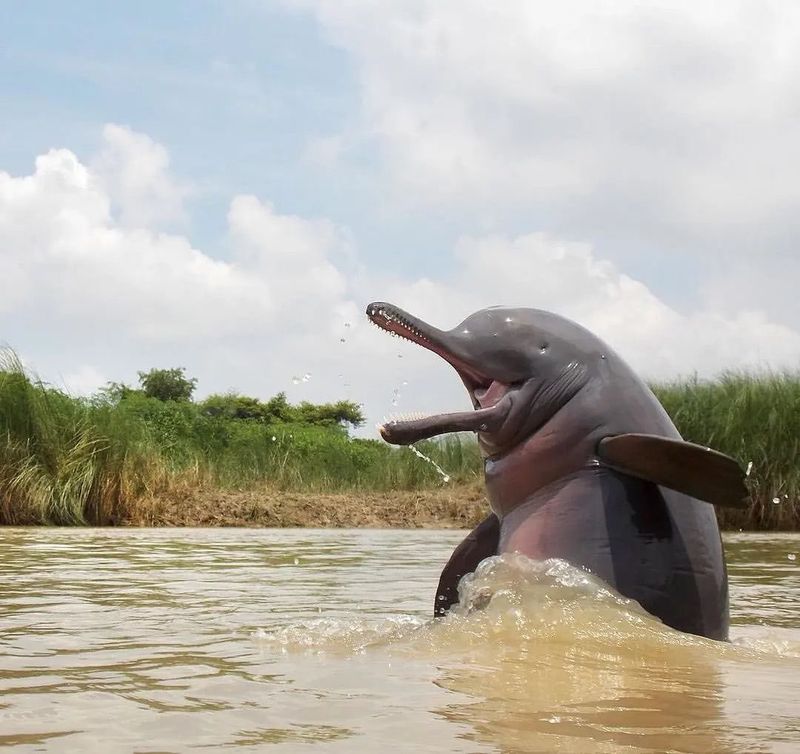
The Ganges River Dolphin, with its distinctive long snout and playful nature, is an integral part of the river ecosystems in India and Bangladesh. These freshwater dolphins face threats from pollution, dam construction, and entanglement in fishing nets.
Conservation efforts focus on cleaning the river, regulating fishing activities, and raising awareness among local communities. Protected areas and sanctuaries have been established to provide safe havens for these dolphins.
The future of the Ganges River Dolphin relies on sustainable development practices and community involvement. Supporting conservation organizations and advocating for cleaner waterways can aid in their preservation.
These dolphins not only reflect the health of the river but also symbolize the intertwined fate of humans and wildlife.
11. Black Rhino
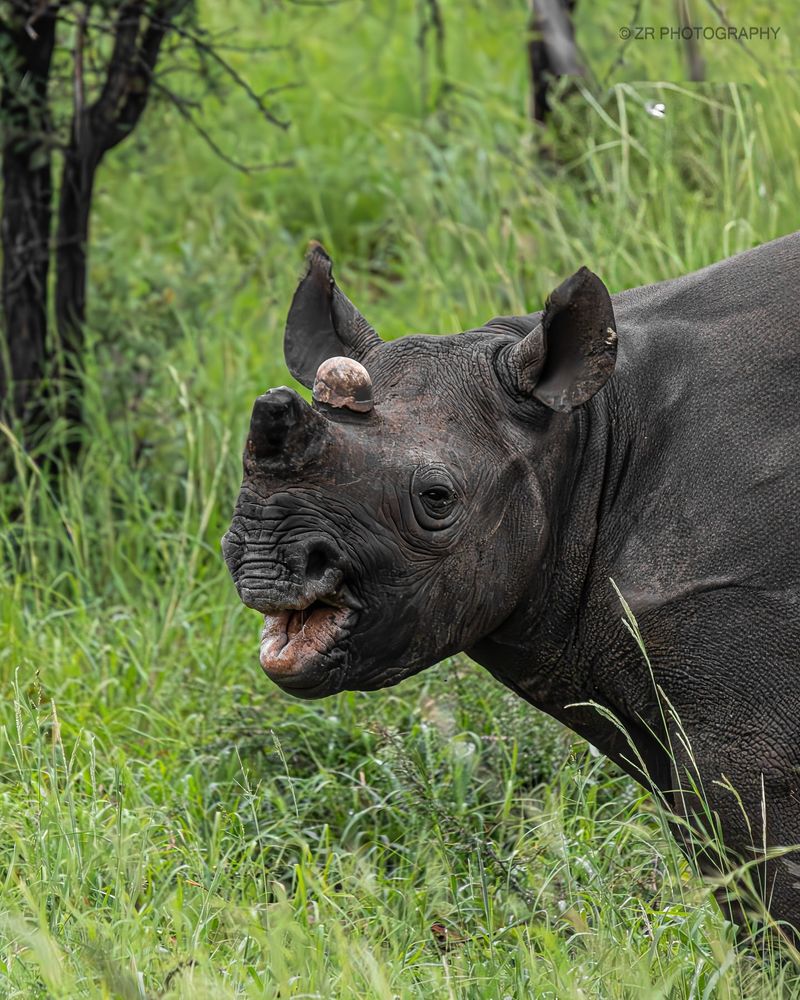
Majestic and formidable, the Black Rhino roams the African savannas. Known for its distinctive hooked lip, this critically endangered species is threatened by poaching and habitat loss. Conservationists are working tirelessly to protect Black Rhinos through anti-poaching efforts and habitat restoration.
Community-based conservation initiatives aim to involve local populations in safeguarding these animals. The Black Rhino’s survival is a testament to human dedication and resilience. Supporting conservation programs and raising awareness about the threats they face can contribute to their continued existence.
12. Cross River Gorilla
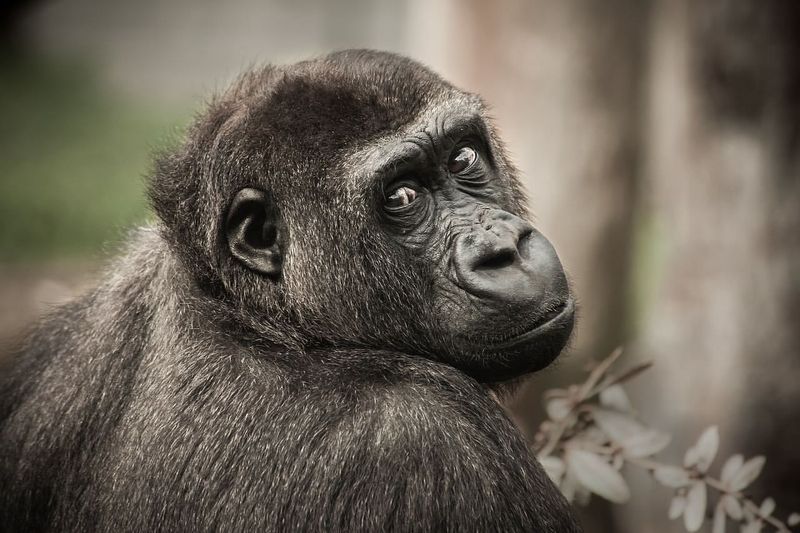
In the border forests of Cameroon and Nigeria, the Cross River Gorilla struggles to survive. These gorillas are critically endangered due to habitat loss and hunting. With only a few hundred individuals remaining, they represent the most endangered gorilla subspecies.
Conservation efforts focus on protecting their habitat and reducing human-wildlife conflict. Initiatives include creating corridors to connect fragmented habitats and engaging local communities in conservation programs.
The Cross River Gorilla’s future relies on collaborative conservation efforts. Supporting initiatives that promote habitat preservation and anti-poaching measures can aid in their recovery. These gorillas symbolize hope and the potential for positive change through dedicated conservation action.
13. Philippine Eagle
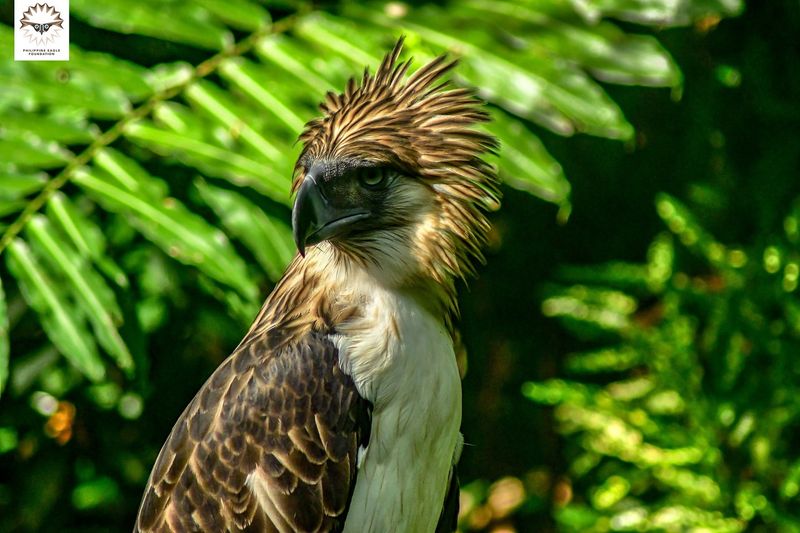
The Philippine Eagle, with its striking appearance and massive wingspan, is a symbol of national pride. Inhabiting the rainforests of the Philippines, this striking bird of prey faces threats from deforestation and hunting.
Conservationists are working to protect the Philippine Eagle through habitat preservation and breeding programs. Education and awareness campaigns aim to foster appreciation and protection of this magnificent bird.
The survival of the Philippine Eagle is tied to the health of its forest habitat. Supporting reforestation projects and conservation initiatives can contribute to their protection. These eagles embody the spirit of the wild and the importance of preserving natural heritage.

